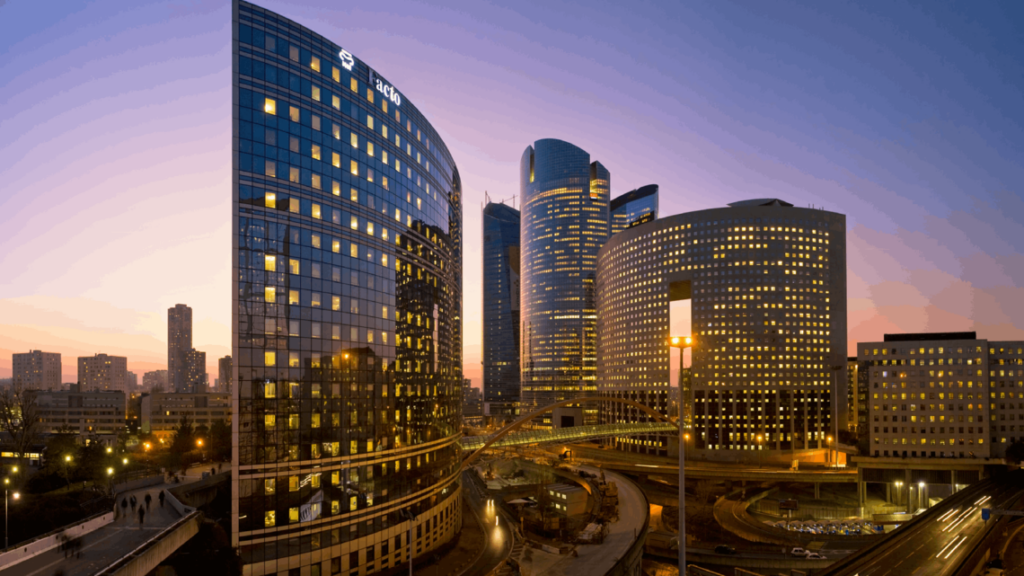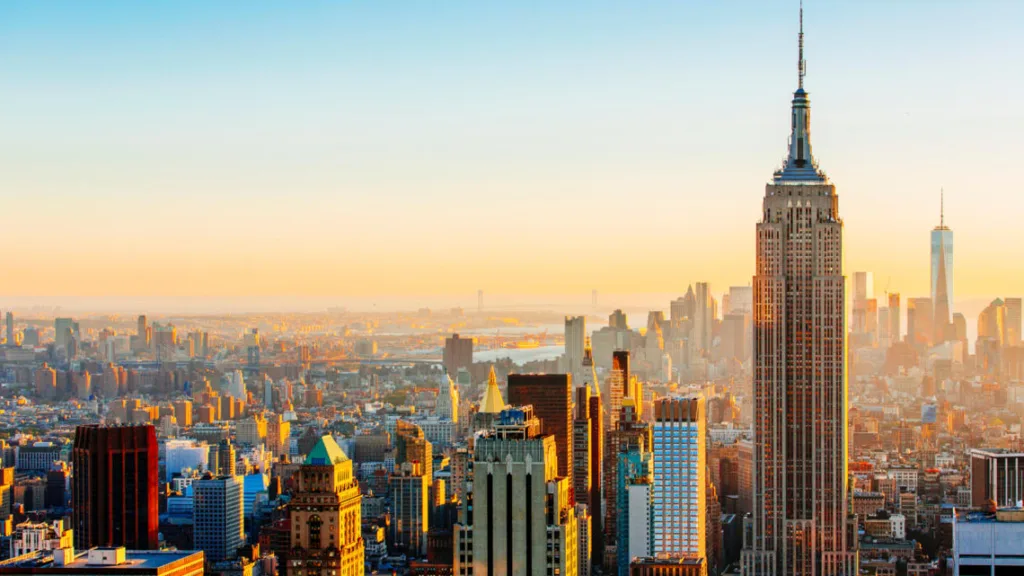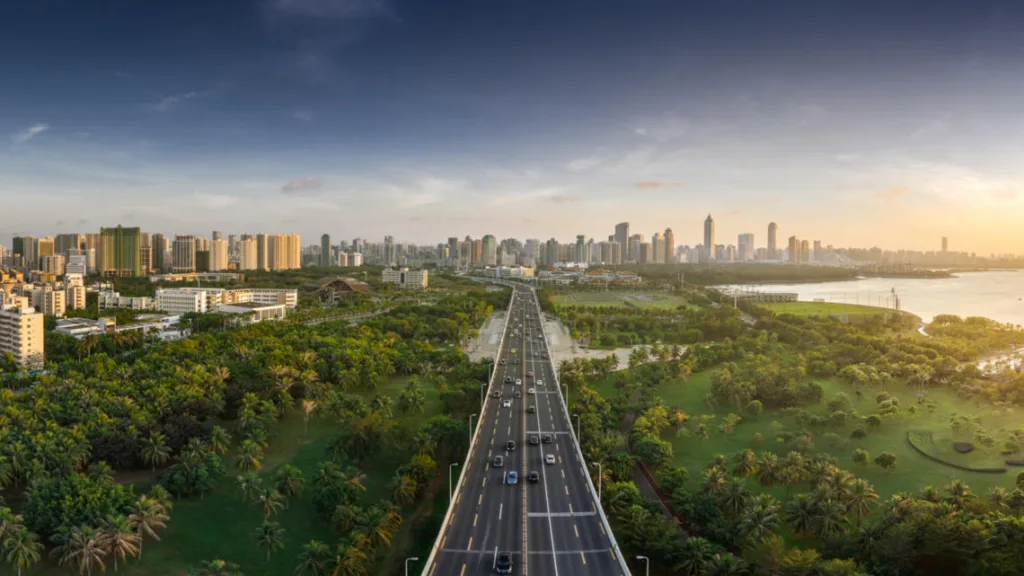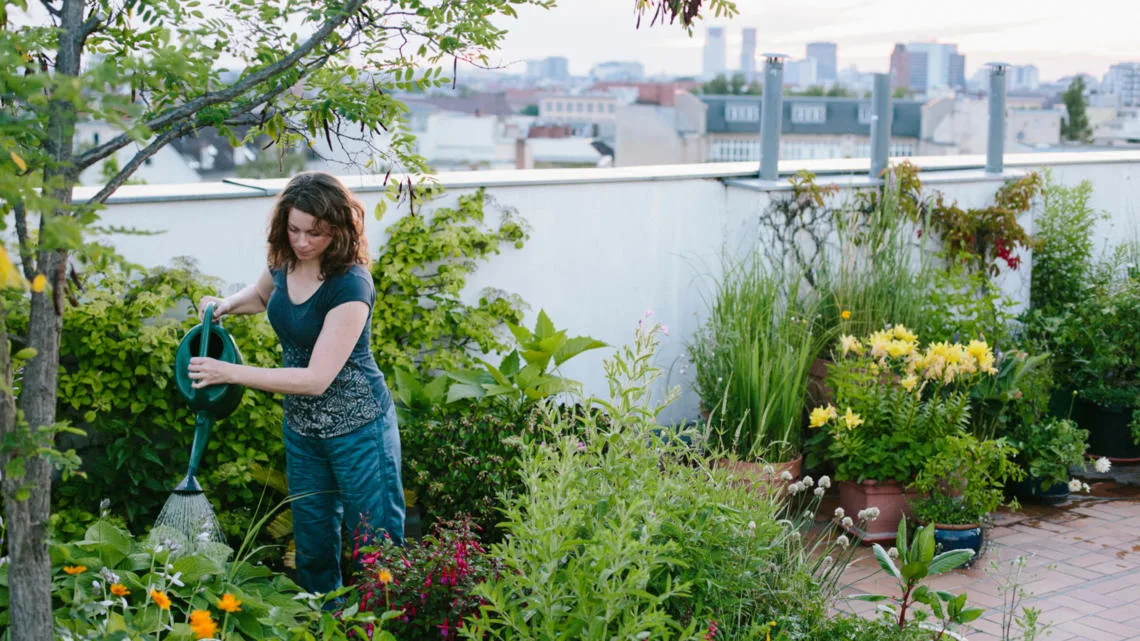Authors
Cristiana Ciaraldi
Every week, around the world, we build new floor space corresponding to a city the size of Paris in France. This uses around 40% of global natural resources, creates 40% of all waste streams and releases close to 40% of all global energy-related greenhouse gas (GHG) emissions into the atmosphere. For the world to successfully respond to the climate emergency, nature loss and growing inequality, we must radically change the way we build the physical infrastructure and settlements that enable us to improve our lives, move around, work and entertain ourselves. We must ensure that the cities of tomorrow can prosper in a healthy and inclusive way that leaves no one behind.
WBCSD has collected a series of case studies from its member companies which together help to illustrate a blueprint for a sustainable built environment – and tackle the multiple sustainability challenges of the construction sector in a way that creates economic, environmental and social value. The series brings to life WBCSD’s vision of “healthy and inclusive living spaces thriving in harmony with nature” as part of our “Vision 2050: Time to Transform” released earlier this year.
To meet this vision, we need to accelerate the transformation towards a net-zero carbon, circular, healthy, inclusive and resilient built environment. This is a systems transformation that involves the whole building value chain, from the users, owners, developers and financiers all the way to the designers, construction firms and material and equipment providers, as well as urban planners.
The world population is growing, and so are our cities. New urban dwellers will require infrastructure and services provided sustainably. The built environment needs to: reduce its energy consumption and decarbonize its energy use; cut down emissions from materials; move to a circular economy; meet the citizens’ demand for health and well-being; ensure affordable housing and social inclusion; and build resilience to climate change and other societal challenges. At the same time, we must conserve the history, beauty and diversity that many urban spaces offer.
But, sustainable solutions exist and the COVID-19 pandemic is giving us an unprecedented opportunity to rethink strategically the way we use space to address these challenges. Many governments are providing stimulus funding to restart economies and it is more important than ever that cities, as well as investors, demand high sustainability outcomes in the projects they plan and finance. The case studies our members have provided show how cities, businesses and other stakeholders can work together to realize the vision of a sustainable built environment. Sustainability and its core principles lie at the heart of the design and implementation of each project. From affordable and sustainable material solutions for housing to energy-positive buildings and innovative and inclusive mass transit solutions, the case studies touch on key facets of our daily lives supported by sustainable buildings and infrastructure solutions.
The series also connects construction projects to Sustainable Development Goals (SDGs) outcomes toward the Paris Agreement. It illustrates key enablers of these outcomes such as: the importance of collaboration and the inclusion of sustainability at the outset of projects; broad stakeholder engagement; and the use of digital technology to enable the flow of critical information across all life-cycle stages of projects (planning, design, construction, use, and end of life).
As some countries begin to deploy COVID-19 recovery plans and as we head further into the critical decade of delivering on the Paris Agreement, we call on all building and infrastructure project initiators from the public and private sector to place sustainability at the heart of the decision-making process from the start – and to assess and transparently communicate the results and impacts achieved.
For further information on our work on the built environment, and to get involved, please get in touch with Julia Mitic.
Explore our blueprint for a sustainable built environment here.
Further references:
- WBCSD Building System Carbon Framework
- Net Zero Buildings – Where do we stand?
- Decarbonizing construction: Guidance for investors and developers to reduce embodied carbon
- Decarbonizing the 40% – How the finance sector can drive the transformation to a net-zero built environment
- Digitalization of the built environment: Towards a more sustainable construction sector
WBCSD news articles and insights may be republished in accordance with the Creative Commons Attribution-NonCommercial-NoDerivatives 4.0 International Public License, and in accordance with our Privacy Policy. All Content must be featured with due credits.
Related
Content

The finance sector can accelerate the transformation to a net-zero built environment – Here’s how
13 March, 2023

Building a global action agenda for built environment market transformation
5 October, 2023

Advancing the roadmap to nature positive in the built environment
12 December, 2022

